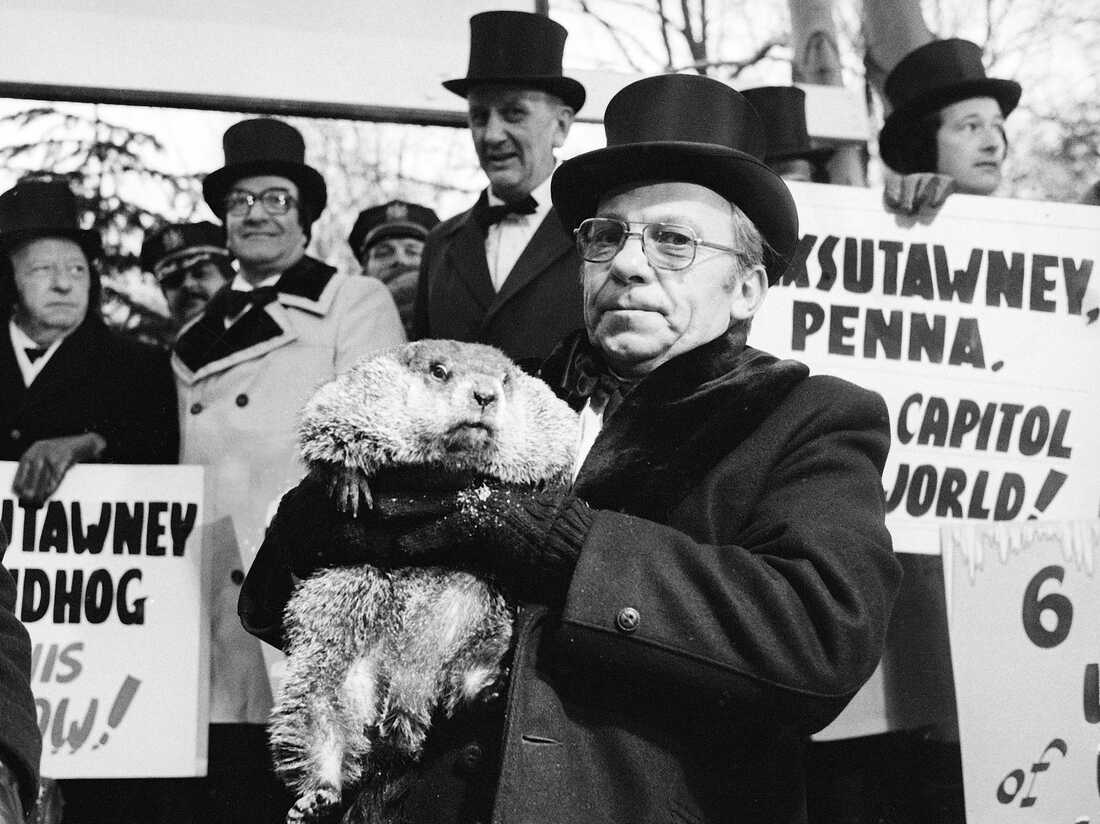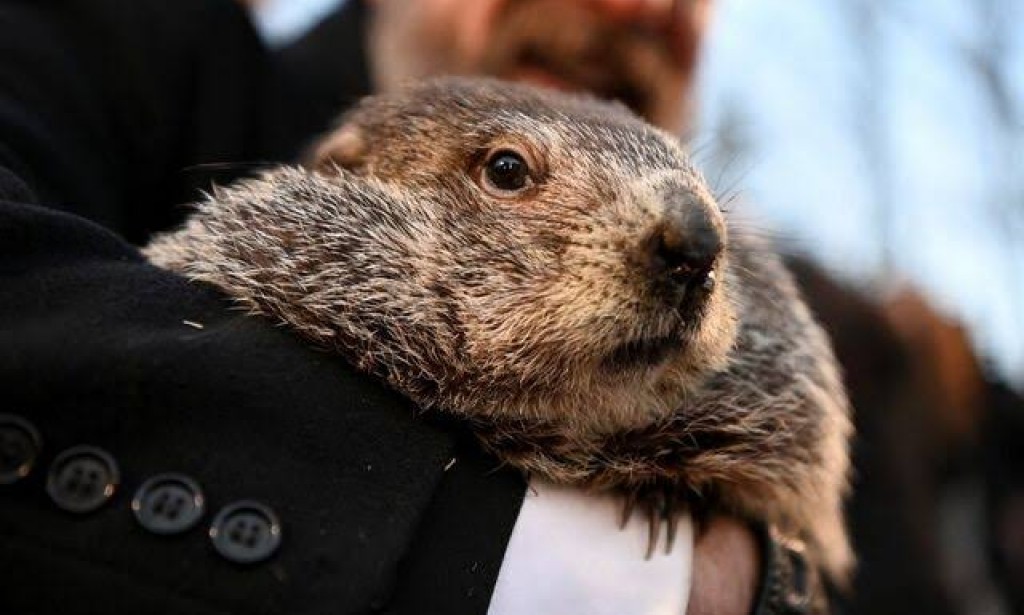? What is Groundhog Day

Rory Szwed, left, and Kent Rowan watch the festivities Thursday morning at the Gobbler's Knob in Punxsutawney, Pennsylvania, as they wait for Punxsutawney Phil to make his prediction.
On Thursday morning, thousands of early risers tuned in or banded together to watch Punxsutawney Phil emerge from the stumps and predict the weather. Groundhog - arguably the most famous member of his kind, and the most famous animal forecaster of all the animals in the country - is doing what he has been doing for the past 137 years: looking for springtime signs in front of a herd of top animals. Signs - Hat-wearing administrators and stunning fans at Gobbler's Knob in Pennsylvania. Unfortunately, on this blustery winter morning, he couldn't find it.
"I see a shadow on my stage, and no matter how you measure it, it's still six weeks of winter weather," said an administrator on Phil's chosen reel. Tradition says North America gets six extra weeks of winter if Phil sees his shadow, and early spring if not. Statistics don't tell much: Phil's accuracy has hovered around 40 percent for the past decade.
In addition, human meteorologists now have far more advanced methods of weather forecasting than they did when Phil began his career in 1887. So why do we turn to biology for answers on February 2nd, year after year? (You could say it's almost like the 1993 comedy Groundhog Day...exactly.) We can still learn a lot from Groundhog Day, including our climate, several experts told NPR and culture. Daniel Blumstein, a professor of ecology and evolutionary biology at UCLA, studies prairie dogs, a group of 15 species of large ground squirrels that includes marmots.
His department always throws a Groundhog Day party, even in always-sunny Los Angeles — but he says you don't have to be a "groundhog lover" (as he describes himself) to have a party on the day. as. "I hope people will appreciate groundhogs and nature more, I hope people will laugh at the idea that it's the middle of winter, and we hope rodents can tell us what the future holds," he said of Huashi.

Groundhog handler AJ Derume stands in front of a crowd holding Punxsutawney Phil, who saw his shadow on Thursday to predict a late spring.
Groundhog Day has its origins in an ancient Midwinter Ritual How was Groundhog Day originally celebrated in the United States? It goes back to ancient traditions -- first pagan, then Christian -- and it marks the halfway point between the winter solstice and the vernal equinox, said Troy Harman, a professor of history at Penn State University and of Gettysburg National Military Park a forest ranger. The Celtic tradition of lighting candles in Imbolc in early February dates back to the 10th century AD.
The Christian Church later extended this idea to Candlemas, commemorating the moment when the Virgin Mary went to the Temple to be cleansed and to present him as the firstborn to God 40 days after Jesus' birth in Jerusalem.
During this festival, the clergy blessed and distributed all the candles needed for winter - a day that became more and more devoted to predicting how long winter would last.As an English folk song goes:
"If Candlemas is fair and bright/Come, winter, fly again; If Candlemas brings clouds and rain/Go to winter, come no more.
How to Understand the Philosophy of Groundhog Day and Live Through Its Message severe weather over the past few weeks. It was one of several traditions brought to America by German settlers in Pennsylvania, along with the Christmas tree and the Easter bunny, Harman said.
Since hedgehogs are not native to the United States, they switched to woodhogs (which are plentiful in Pennsylvania). "The first celebrations that we know of were in the 1880s," Harman said. "But the idea of looking at animals and seeing their hibernating shadows existed before then and only became a folk festival in the late 1800s."
The "Punxsutawney Groundhog Club" was founded in 1886 by a group of groundhog hunters, one of whom was editor of the town's newspaper, and soon issued a bulletin about his local weather-forecasting groundhog (although Phil didn't until 1961 ). . The first Gobbler's Knob ceremony took place the following year, and the rest is history. Today's Groundhog Day is the same as it started.
-- if the old-fashioned robes and scrolls are any indication -- only with far more attendees, the club said. That's thanks in large part to the popularity of the film of the same name and the ability to livestream the festivities.

? How Groundhog Day came to the U.S
Jim Means holds up a sleepy Punxsutawney Phil at daybreak on Feb. 2, 1980. The groundhog's "Inner Circle" dresses the same today.

يجب عليك تسجيل الدخول لتستطيع كتابة تعليق